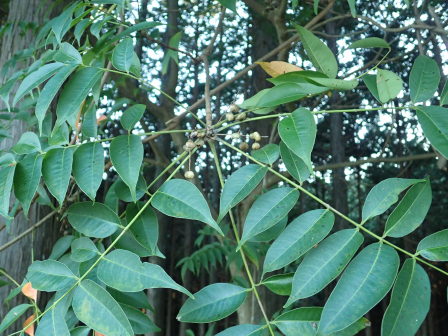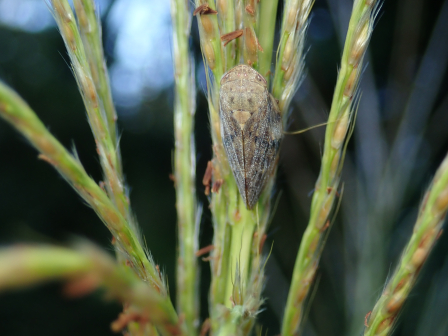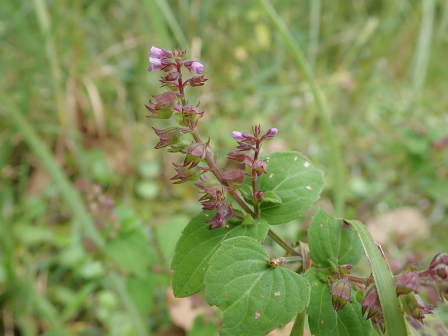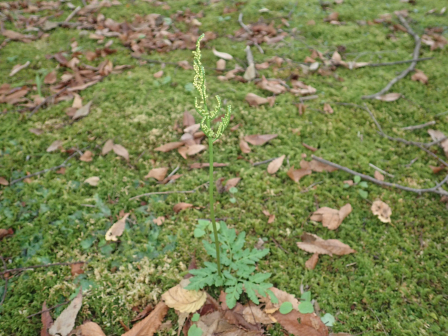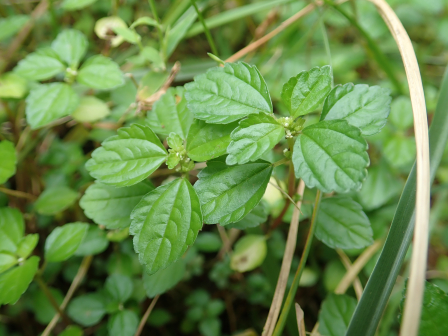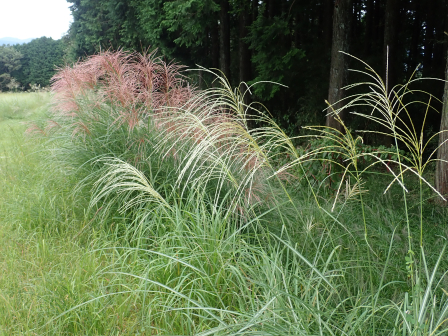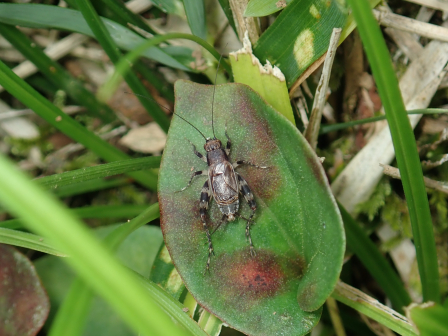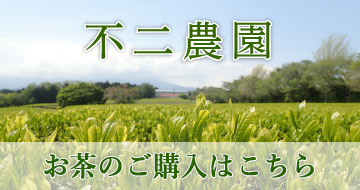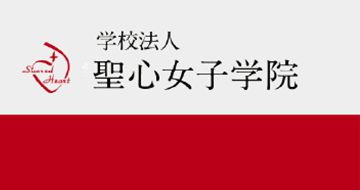フィールド日記
2022年10月
2022.10.28
リュウキュウハゼ
第一オークヒルのリュウキュウハゼが果実をつけていました。別名ハゼノキとも呼ばれます。果実はロウを含み、和ロウソクの材料として使われます。栽培されていたものが逸出し、野生化したものが見られます。
A "Ryukyu-Haze (リュウキュウハゼ)" tree is bearing its fruit in the First Oak Hill. They are also called "Hazenoki (ハゼノキ)". The fruit contain wax, and they are used to make Japanese candles. Some of the cultivated ones have spread and now grow wild.
2022.10.25
ホシアワフキ
第二オークヒルのススキの上で、ホシアワフキを見つけました。幼虫、成虫ともにススキなどイネ科の植物の汁を吸うようです。アワフキムシの仲間は、幼虫のときに自ら作った泡の中に隠れています。
I found a froghopper called "Hoshi-Awafuki (ホシアワフキ)" on the Japanese pampas grass in the Second Oak Hill. Both their larvae and adults suck the sap of grass family plants such as the Japanese pampas grass. Froghopper larvae produce bubbles and hide inside them.
2022.10.21
イヌコウジュ
第二オークヒルでイヌコウジュが咲いています。明るい草地などに生えるシソ科の一年草です。似ている植物にヒメジソがありますが、茎に下向きの細い毛が密生するなどの特徴から見分けることができます。
"Inu-Kouju (イヌコウジュ)" plants are in bloom in the Second Oak Hill. They are an annual mint-family plants that grow on the sunny grassland. There is a similar plant called "Himejiso (ヒメジソ)", but you can tell "Inu-Kouju" from "Himejiso" by the fact that "Inu-Kouju" has dense thin hair on its stem.
2022.10.18
フユノハナワラビ
中学校舎の中庭にフユノハナワラビが胞子をつけていました。名前の通り秋から冬にかけて葉を広げ、胞子を飛ばすシダ植物です。シダ植物は葉の裏面に胞子をつけるものが多いですが、フユノハナワラビは、胞子嚢をつける胞子葉と、光合成をする栄養葉に分かれています。和名のハナとは、写真の中央の、黄色い胞子嚢を多数つけた胞子葉を花に見立てたものです。
I found "Fuyuno-Hana-Warabi (フユノハナワラビ)" fern plants bearing spores. As the name suggests, they are fern plants that spread spores in winter with their leaves growing. Many fern plants have spores on the back of their leaves, but this fern has the fertile leaves that produce spores and the sterile leaves that carry out photosynthesis. The word "Hana (ハナ)" in their name means "flower" and comes from their fertile leaves looking like a flower.
2022.10.14
ミズ
第二オークヒルでミズが咲いていました。湿った場所に生える1年草で、花は葉腋にまとまってつき、あまり目立ちません。和名は、全体に水分が多く、みずみずしいことが由来です。
"Mizu" plants are in bloom in the Second Oak Hill. They are an annual plant growing in humid places. Their flowers gather on their leaf axils and do not stand out very much. The name comes from the fact that they contain lots of water in their bodies.
2022.10.11
ススキ
キャンパス内のあちこちでススキが穂を出しています。写真の奥の株のように穂が紫色のものが混ざっており、これをムラサキススキと呼びます。しかし、中間的な色の株もあり、色の変化は連続的に思えます。
Japanese pampas grasses are in bloom here and there in our campus. You can see in the back of the photo "Murasaki-Ssusuki", the pampas grass blooming purple flowers, as well as white ones. However, some strains are intermediate in color, so you can enjoy the graduation of various colors in some places.
2022.10.07
イチョウ
グラウンド横のイチョウの木の下にギンナンがたくさん落ちています。イチョウは裸子植物ですので、植物学上は外側の果肉状の部分も含めて果実ではなく種子になります。果肉状の部分は取り除き、硬い殻につつまれた中身(胚乳の部分)を食用とします。
I have found many ginkgo nuts under an "Ichou (イチョウ)" tree by the schoolground. "Ichou (イチョウ)" trees are a gymnospermous plant, so botanically, ginkgo nuts, including an outside part that looks like a fleshy fruit, are not fruit but seeds. When we eat ginkgo nuts, we remove the part that looks like a fleshy fruit, and we eat the core covered by a hard shell.
2022.10.04
カワラスズ
第1オークヒルの土手でカワラスズを見つけました。マダラスズに似ていますが、翅の付け根や小あごひげと呼ばれる部分が白いことで見分けることができます。美しい声で鳴く虫としても知られています。
I found a cricket called "Kawara-Suzu (カワラスズ)" on the bank in the First Oak Hill. They are similar to "Madara-Suzu", but you can tell "Kawara-Suzu カワラスズ)" from "Madara-Suzu (マダラスズ)" by the fact that the base of their wings and a part called "maxillary palpus" are white. They are well known as an insect singing beautifully.
- 1 / 1


